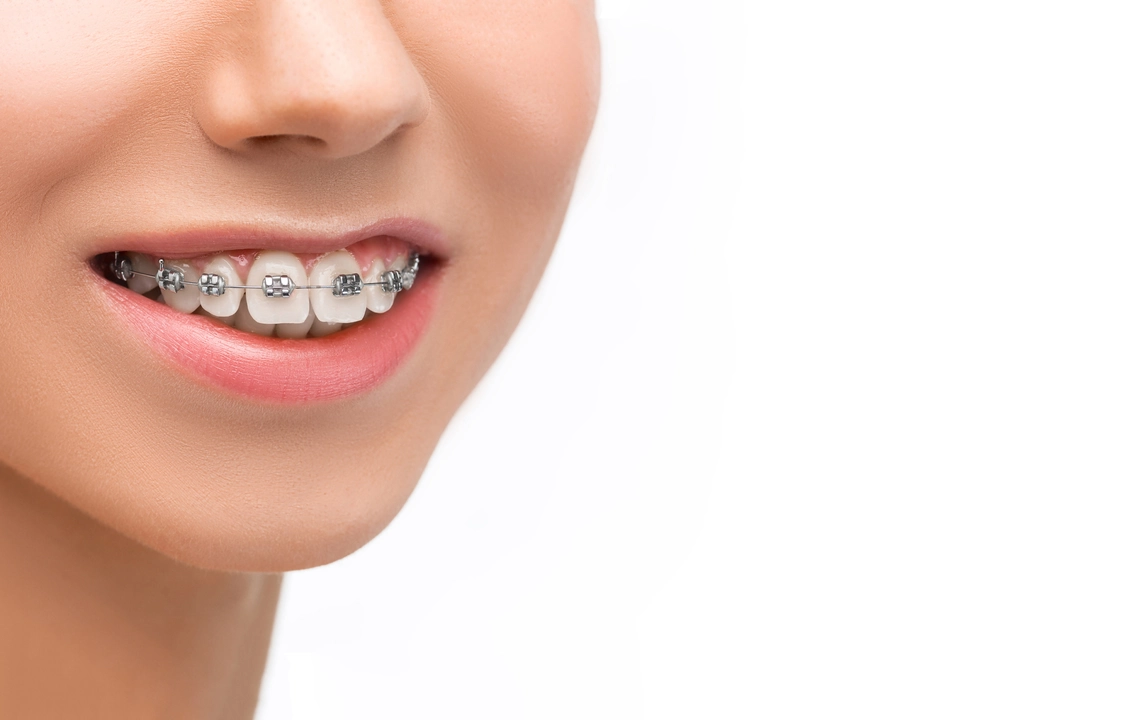Orthodontic Patients: Practical Care Tips for Braces & Aligners
If you wear braces or clear aligners, a few daily habits make the whole treatment smoother and less painful. These are the straightforward, useful steps your orthodontist wants you to follow — not extra rules, just practical stuff that saves time, avoids setbacks, and keeps your mouth healthy.
Daily care and cleaning
Brush after every meal with a soft-bristle brush and fluoride toothpaste. Angle the brush at the gum line and clean around the brackets or edges of aligners. Use an interdental brush or a floss threader once a day to get food out from between brackets and under wires. For aligners, rinse them every time you remove them and brush them gently with a non-abrasive soap; avoid hot water that can warp the plastic.
Carry a small kit: a travel toothbrush, interdental brush, orthodontic wax, and sugar-free gum. That helps you stay on track after lunch or while out. Swap sticky or hard foods for softer options — no popcorn, hard candies, nuts, or tough meats. Cut fruit into small pieces and avoid biting into whole apples or corn on the cob.
Managing pain and soreness
Expect soreness for a few days after adjustments. Warm salt-water rinses (half teaspoon salt in 8 oz warm water) ease irritation. Over-the-counter pain relievers like acetaminophen or ibuprofen work well — follow package directions and ask your orthodontist if you have health issues or take other meds. Orthodontic wax reduces rubbing on cheeks and lips; press a small piece over the offending bracket until the tissue heals.
If you use rubber bands or headgear, wear them exactly as prescribed. Skipping them slows progress and can extend treatment time. Keep track of wear instructions with a simple checklist on your phone to stay consistent.
When something goes wrong (emergencies)
Not every issue is an emergency. Call your orthodontist if you have a loose bracket, a protruding wire that pokes your cheek, severe pain that doesn't improve with meds, signs of infection (increasing swelling, redness, pus, fever), or if an appliance breaks. For a poking wire, use a cotton swab to try to push it back; orthodontic wax can temporarily cover sharp ends. If a bracket comes off, save it and bring it to your next appointment unless your orthodontist asks you to come earlier.
Traveling? Bring your appliance kit and a copy of your orthodontist's contact info. If an issue happens while away, many orthodontists can advise by photo or recommend a local office for temporary fixes.
Finally, retainers matter. Wear them as directed after braces or aligners. Clean them daily, store them in their case, and avoid leaving them in napkins or hot cars. Retainer loss is a common reason people need extra treatment, and replacement can be costly and time-consuming.
Follow these practical steps, keep communication open with your orthodontist, and you’ll reduce pain, avoid delays, and get the best possible result from your treatment.





